Housed in the original Kansas City, Mexico and Orient Railroad Depot (1911), there is lots of information about West Texas and the many things to see and do here. The three sculptures tell the story of a horse getting spooked by his shadow and dumping its rider on the ground.
Historic silhouettes located near the depot tell the stories of the region’s past. The two shown below represent early settlers and vaqueros (herdsman of the Spanish colonial period). They would drive cattle between New Mexico and Mexico City.
And two more remember the Comanches who traveled through this area every year and the Buffalo Soldiers of the 9th Calvary who were stationed at nearby Fort Stockton.
In front of the Depot is a display of an oil rig and windmill, both common sights in the area today. Petroleum remains the most important economic asset of Pecos County.
Across the street is Paisano Pete, (reportedly) the largest road runner in the world and town mascot. The town has really done a great job making visitors feel welcome.
But my favorite is this one of Pete and John ... on the run.
A brochure from the Visitor Center provides a driving tour with a map that highlights the sites through the historic district. The Oldest House was built in 1859 with adobe walls and a thatched roof. The ruins are shown below.
Pecos County was founded in 1875 and this town was designated the county seat. This courthouse was built in 1912, but three preceded it (original courthouse built in 1875; second in 1878; and, third in 1883).
Across the street from the courthouse is Zero Stone Park, so named for the large stone used as the zero mark for determine borders and boundaries in Fort Stockton. There is a large pavilion in the small park where concerts and other community events are hosted. War memorials can also be found in the park.
St. Joseph’s Catholic Church is an adobe structure built in 1875. Nearby is St. Stephens Episcopal Church, one of the oldest Protestant churches west of Pecos River Originally named St. Marks in 1896, it was moved to this location in 1958.
The old Pecos County Jail (across the street from the Courthouse) is one of the area’s oldest frontier structures still standing. The original jail was built in 1883 and then enlarged in 1913.
Prisoners were held on the 2nd floor while the sheriff and jailers lived on the ground floor. The last sheriff of the jail retired in 2000 and moved out of his quarters here. Photos of sheriffs of the past and other memorabilia are on display on the first floor. Also shown are handcuffs and thumb cuffs (have never seen these before) and the cabinet where prisoner possessions were kept.
We toured the second floor cell blocks. Most cells had two sets of bunk beds (sleeping 4) with a common room where prisoners shower. There was also an isolation room and cells for women in a separate area.
There is no admission charge to tour the Old Jail, although donations are appreciated.
For additional information about the historic district of Fort Stockton, go to historicfortstocktontx.com/attractions-2/fort-stockton-visitor-center.

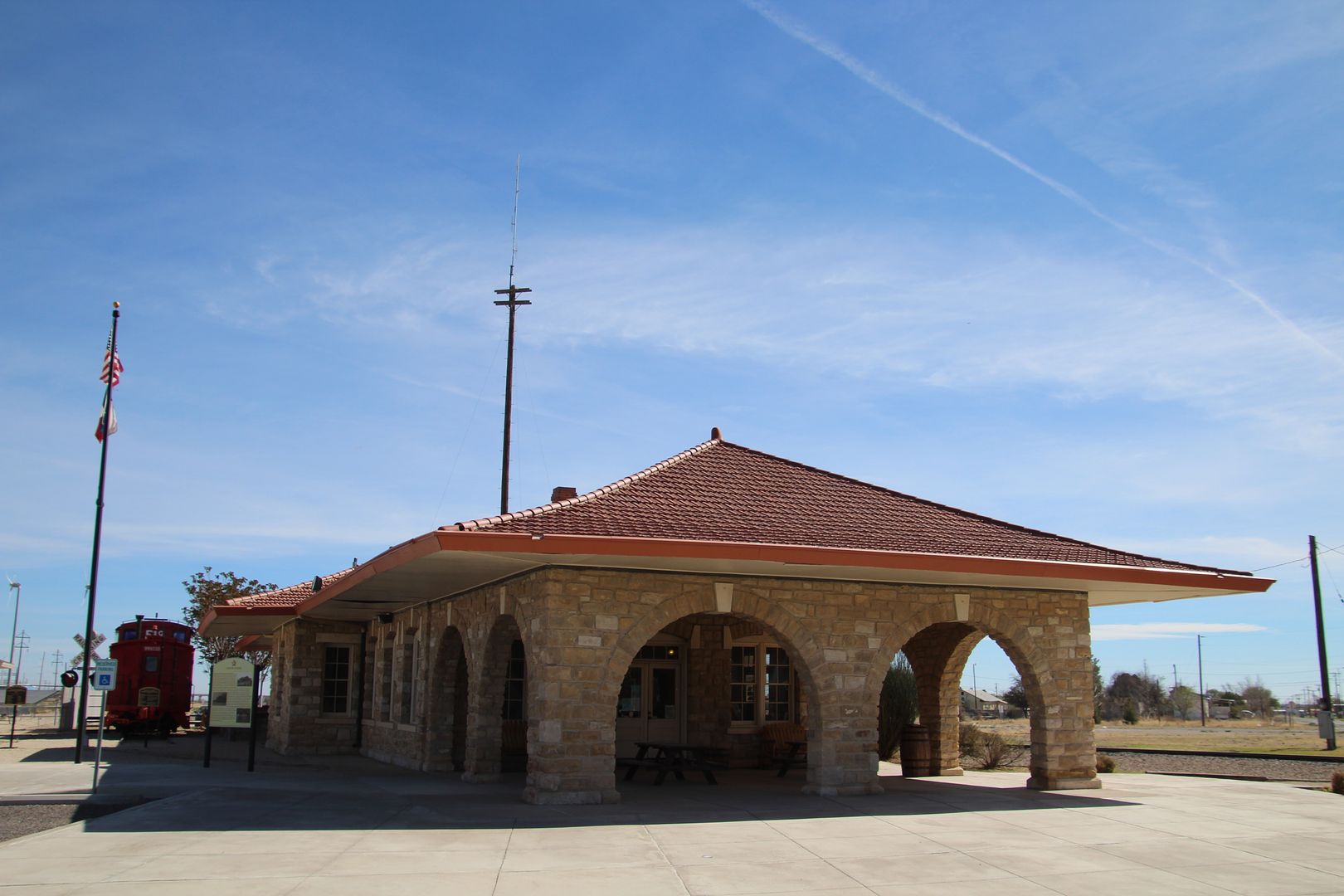
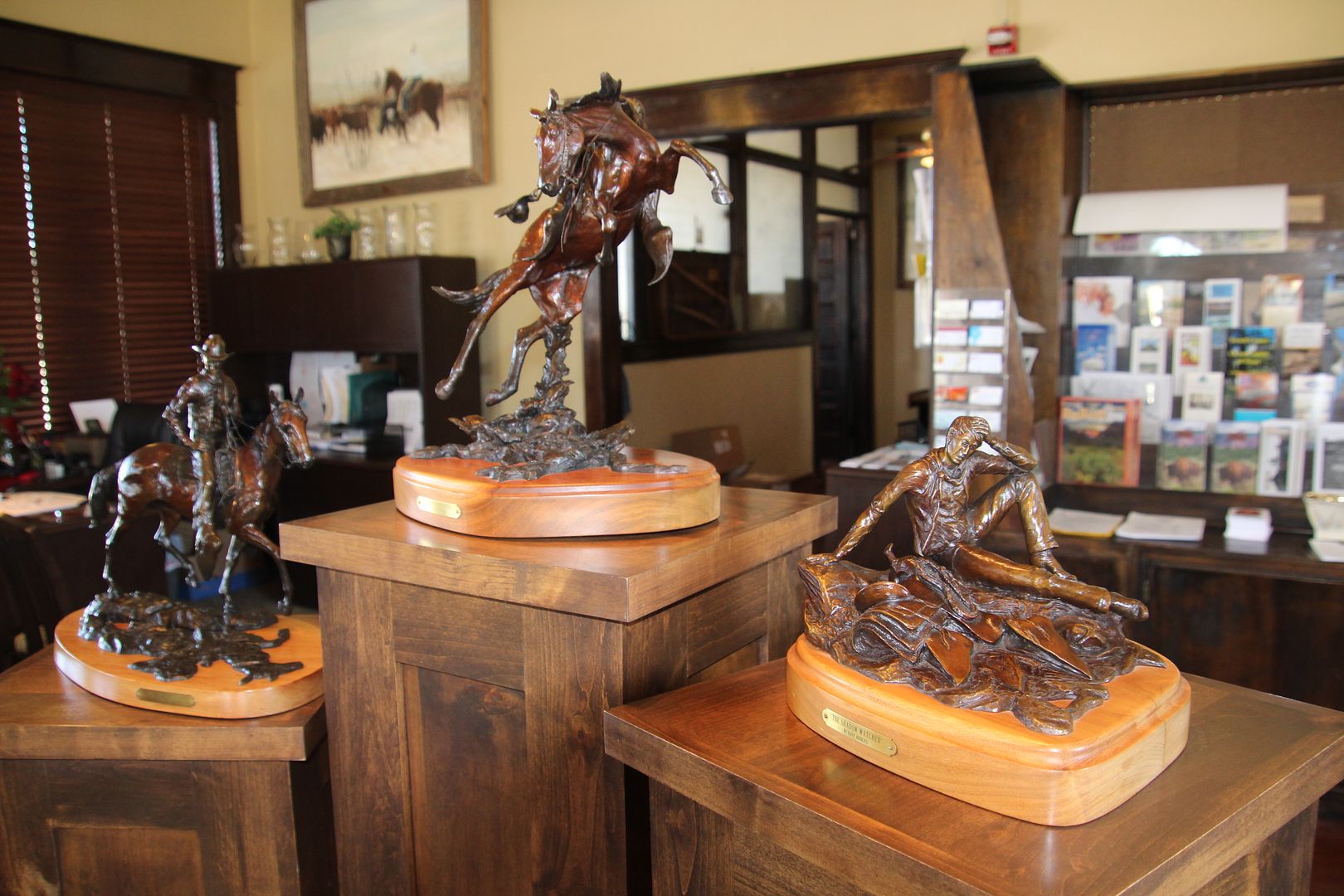
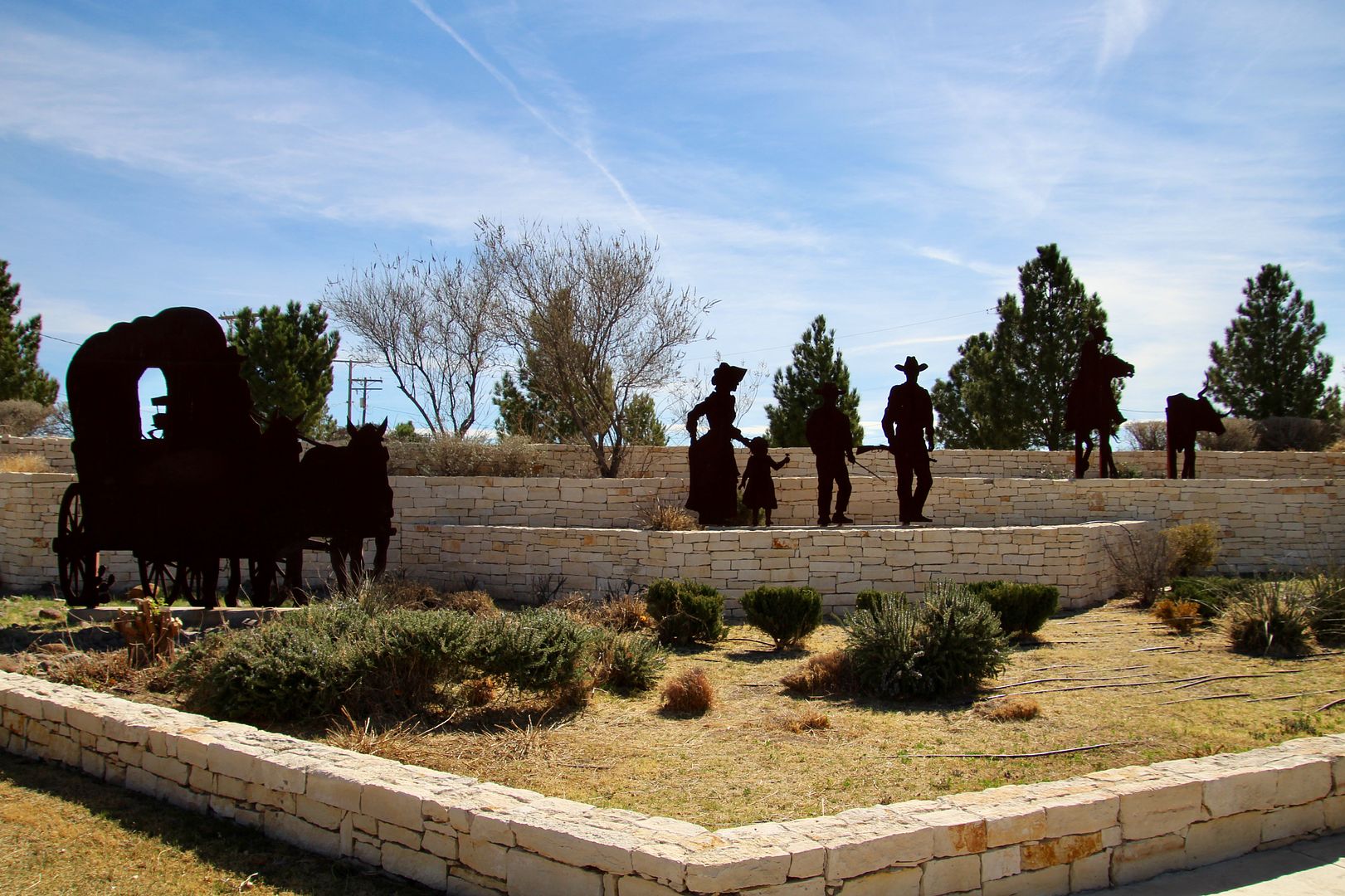
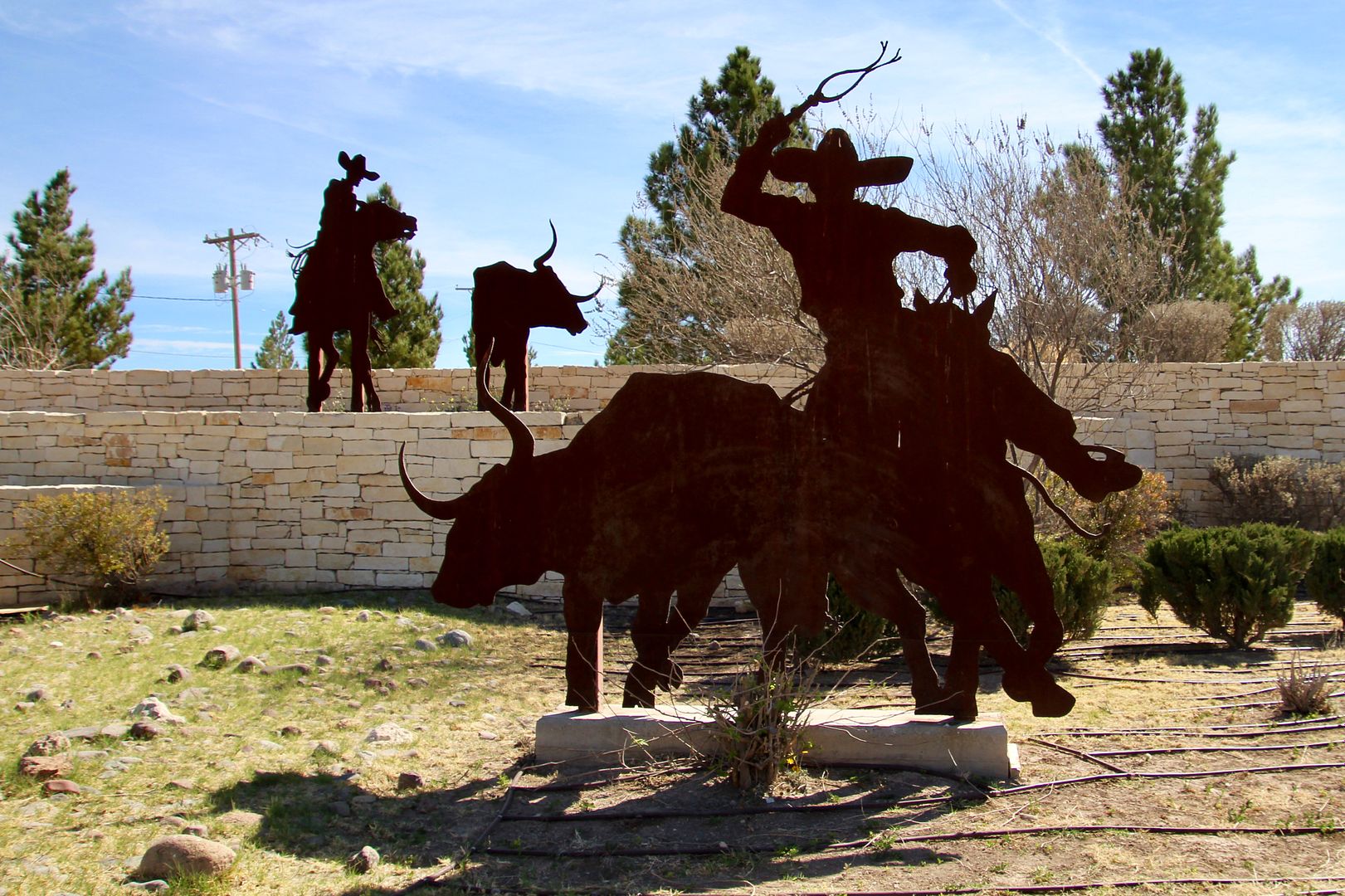
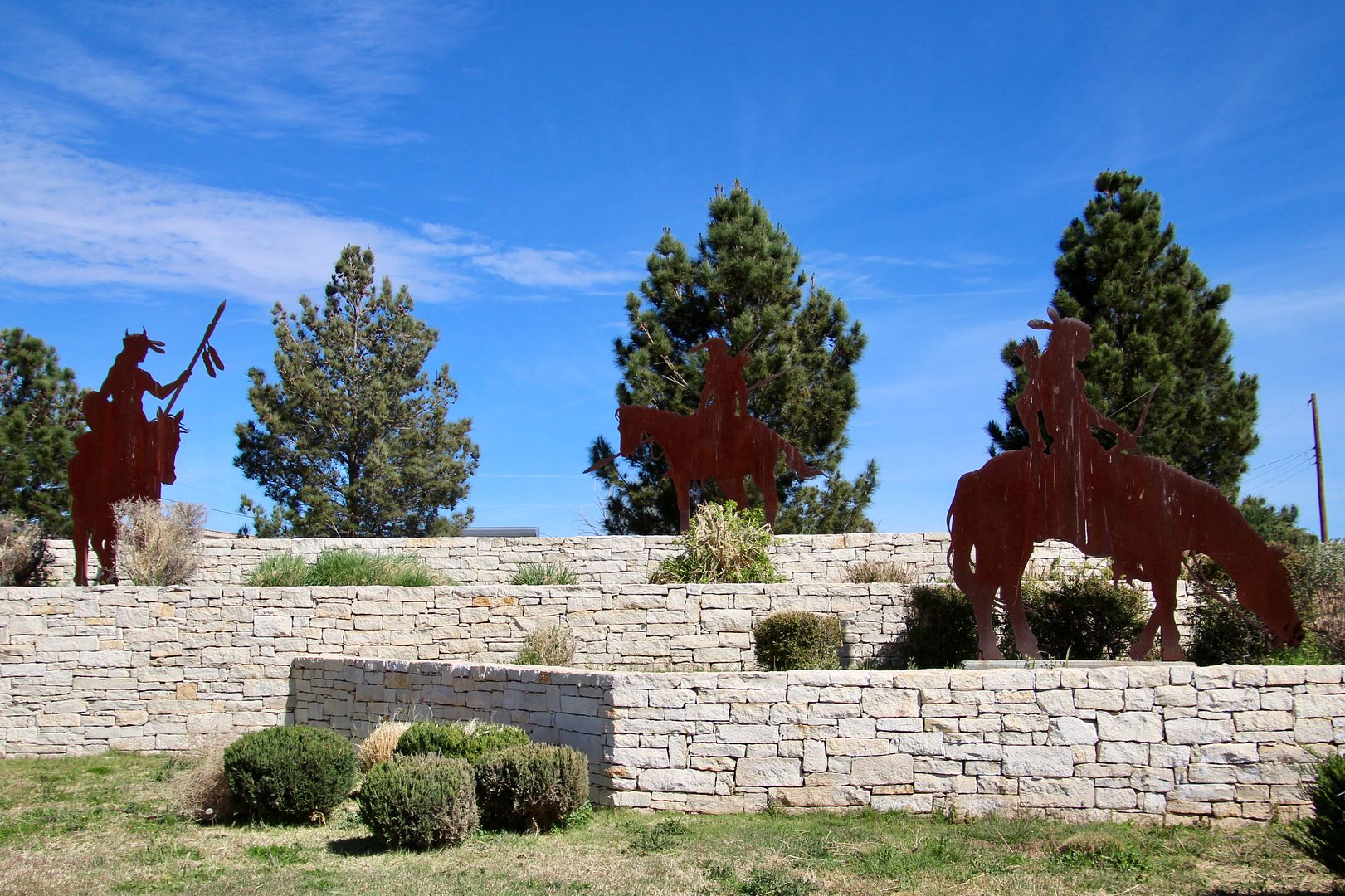
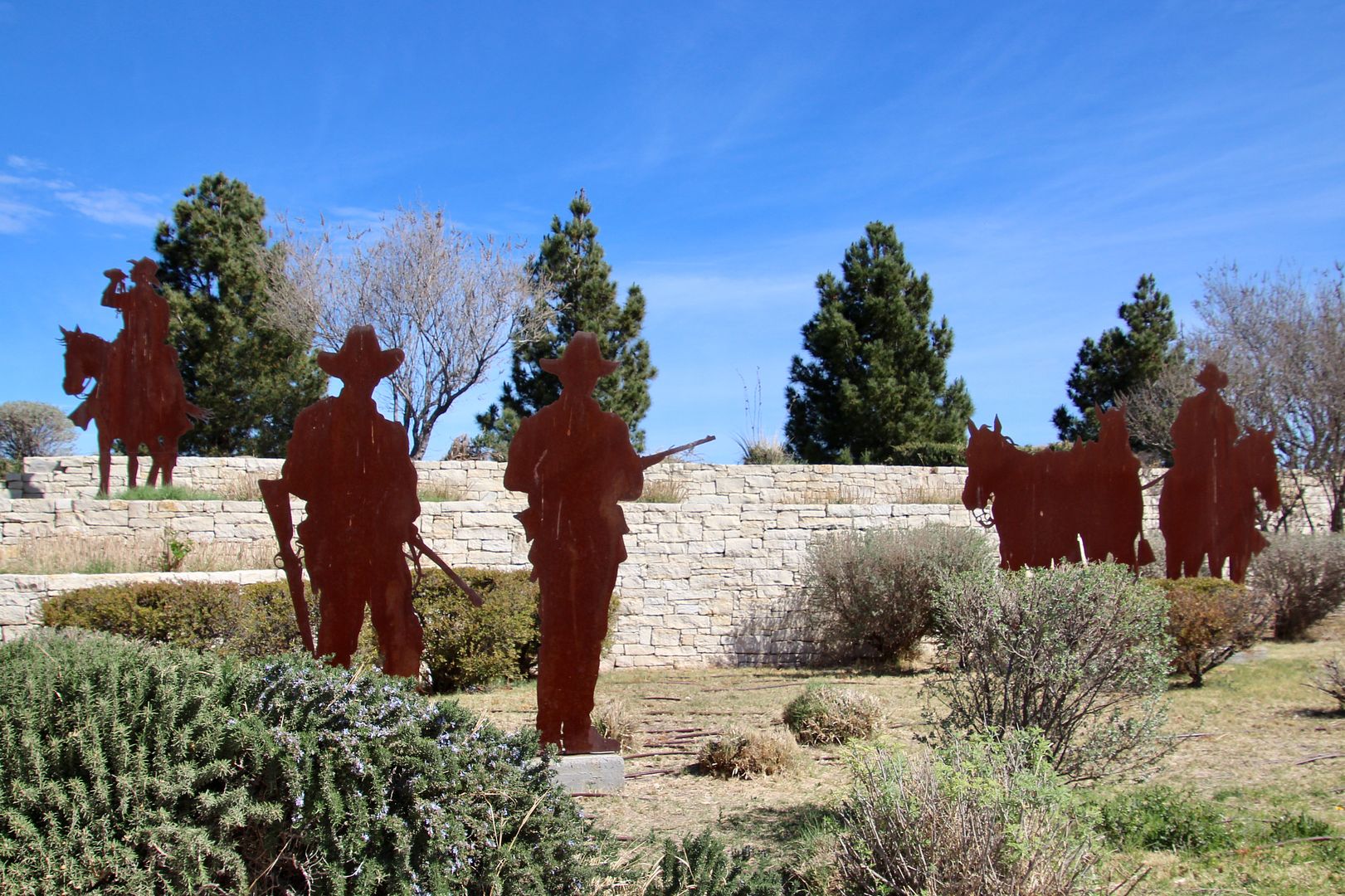
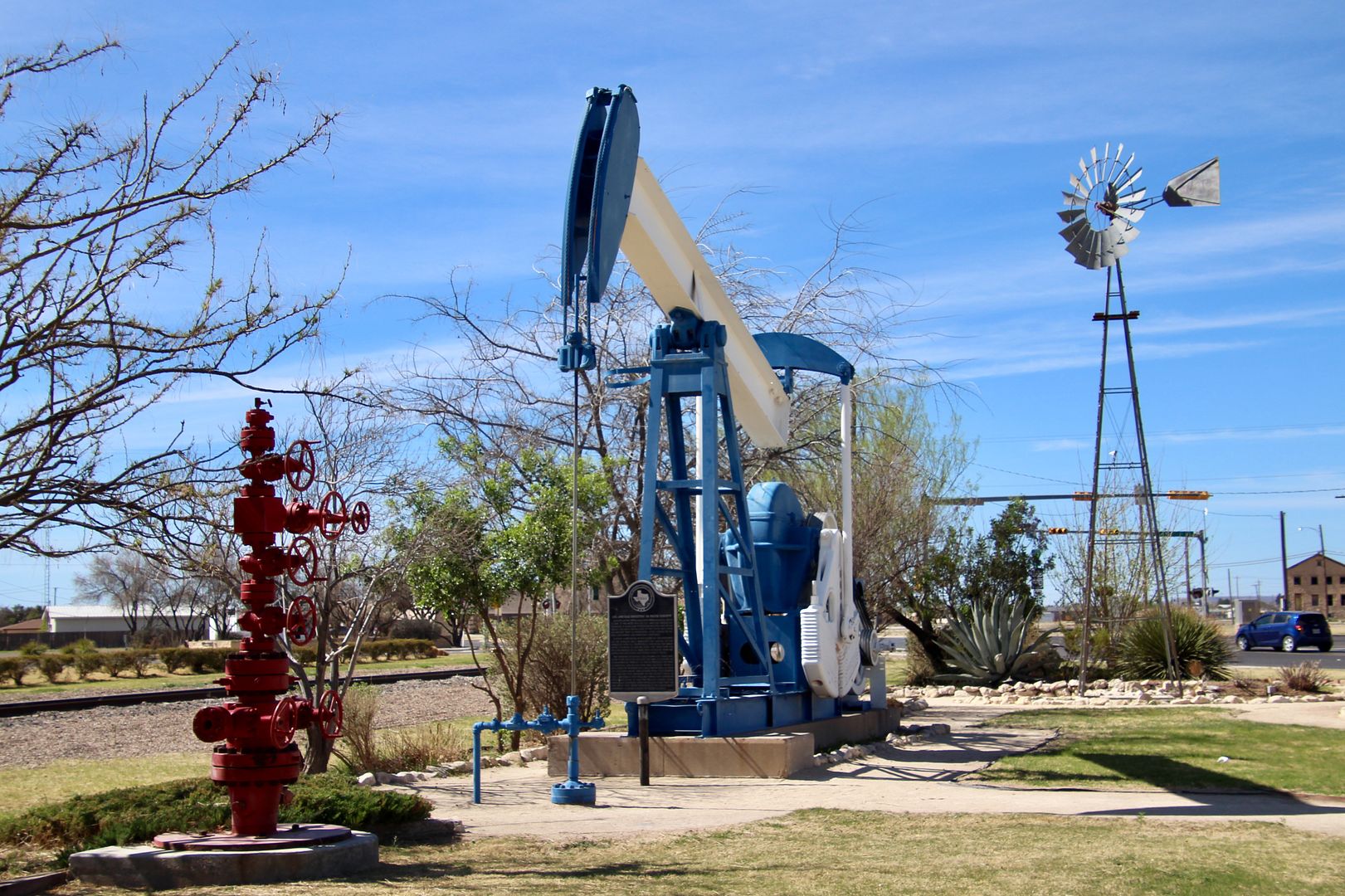
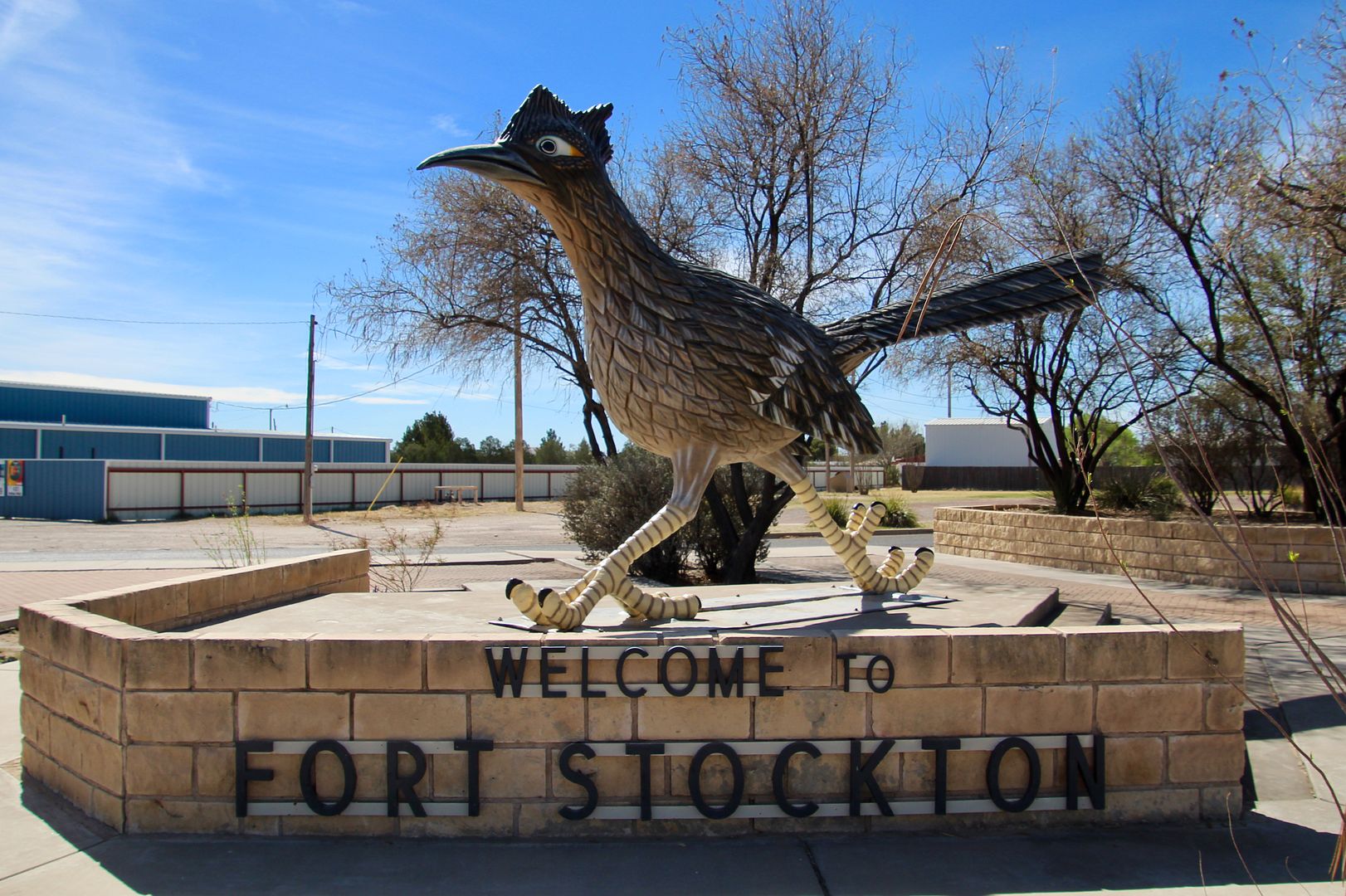
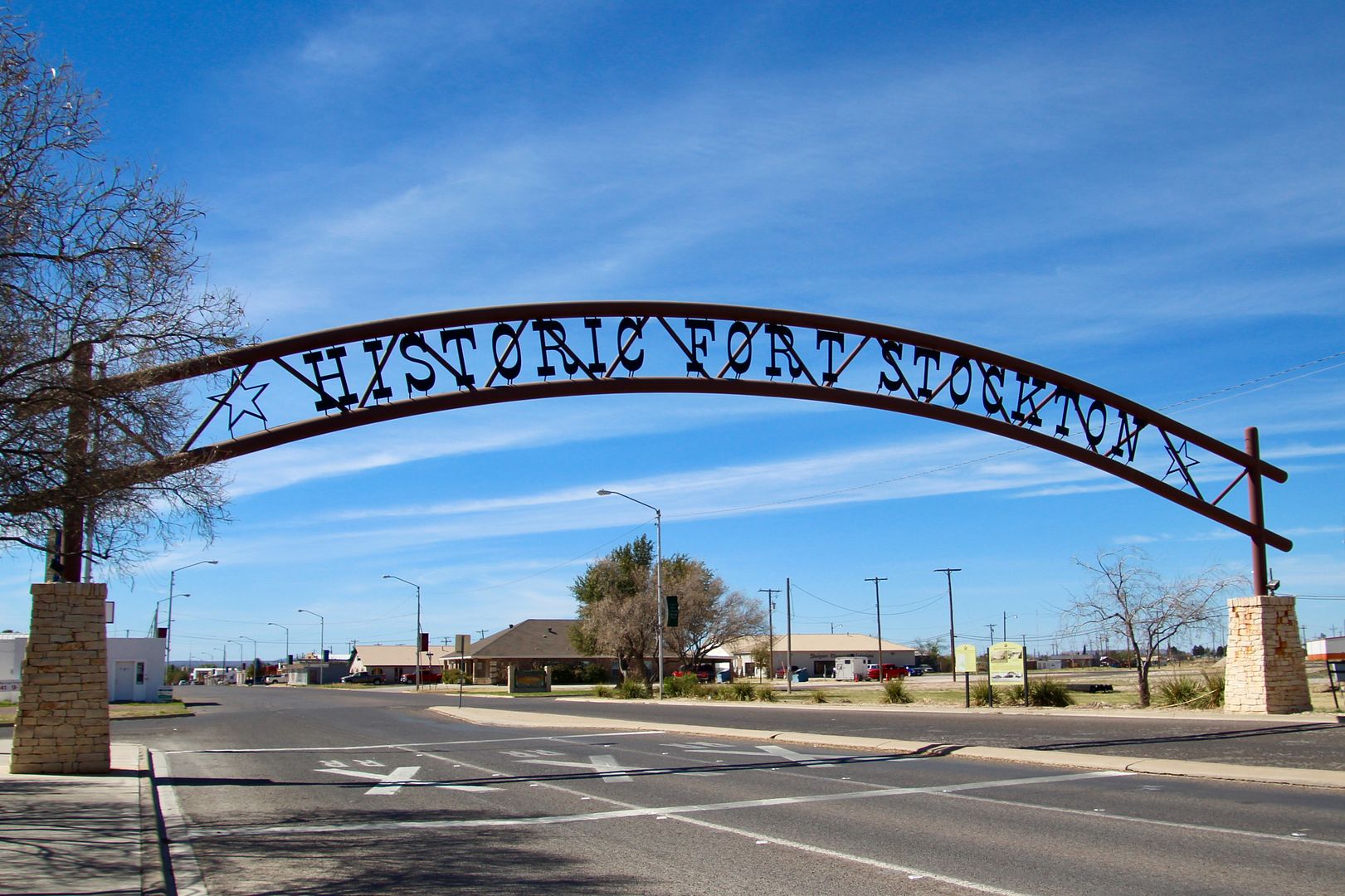
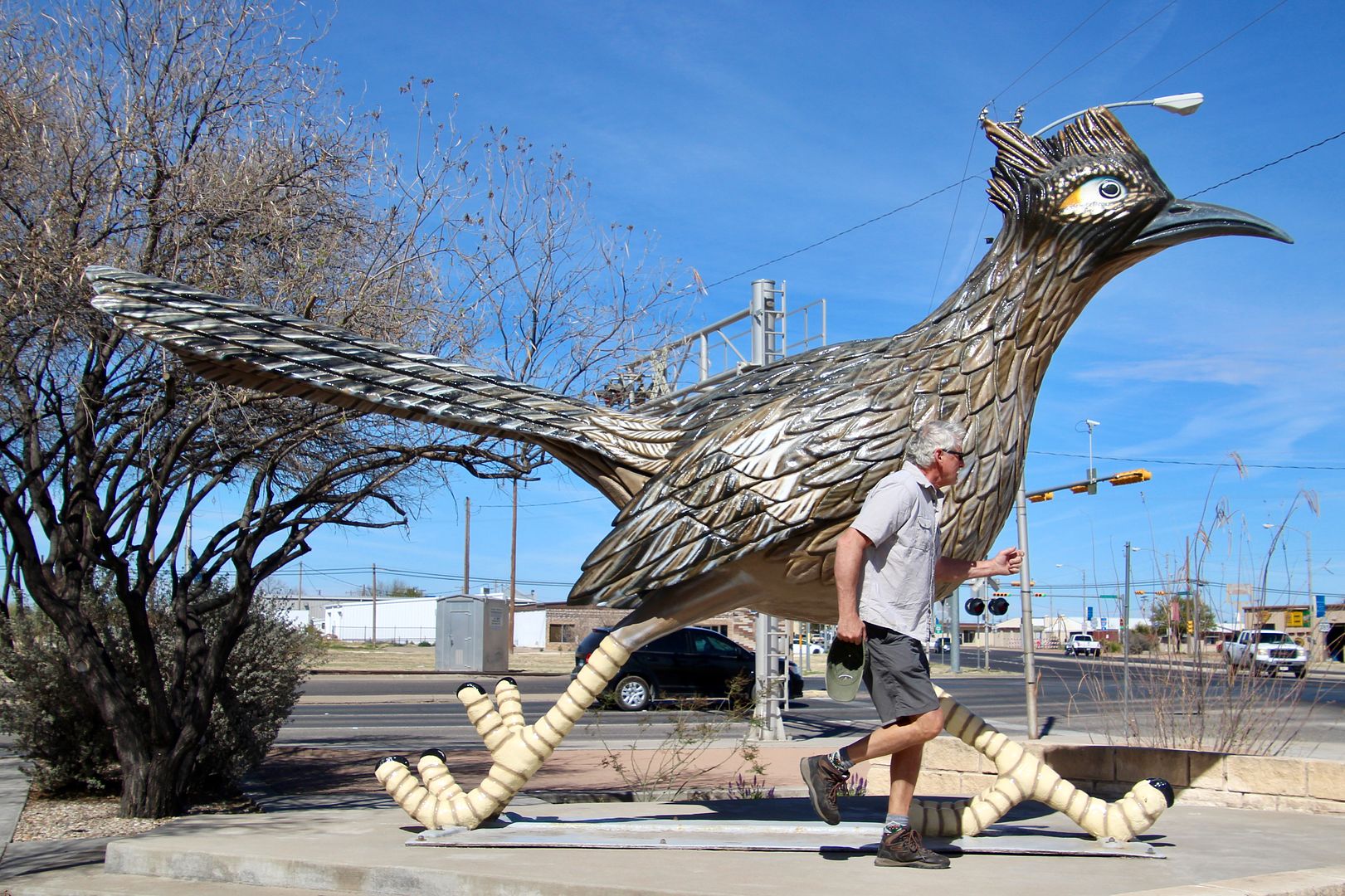
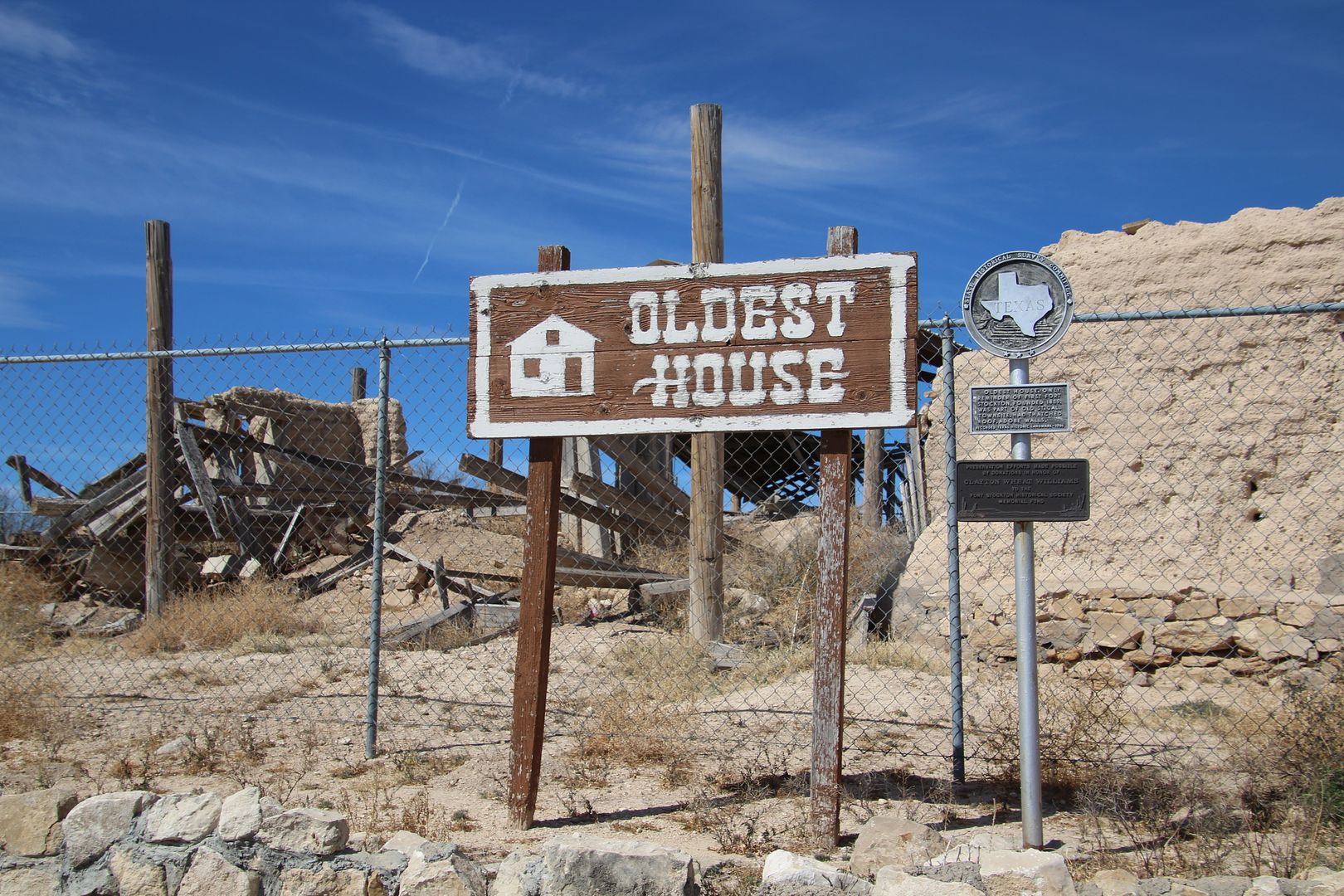
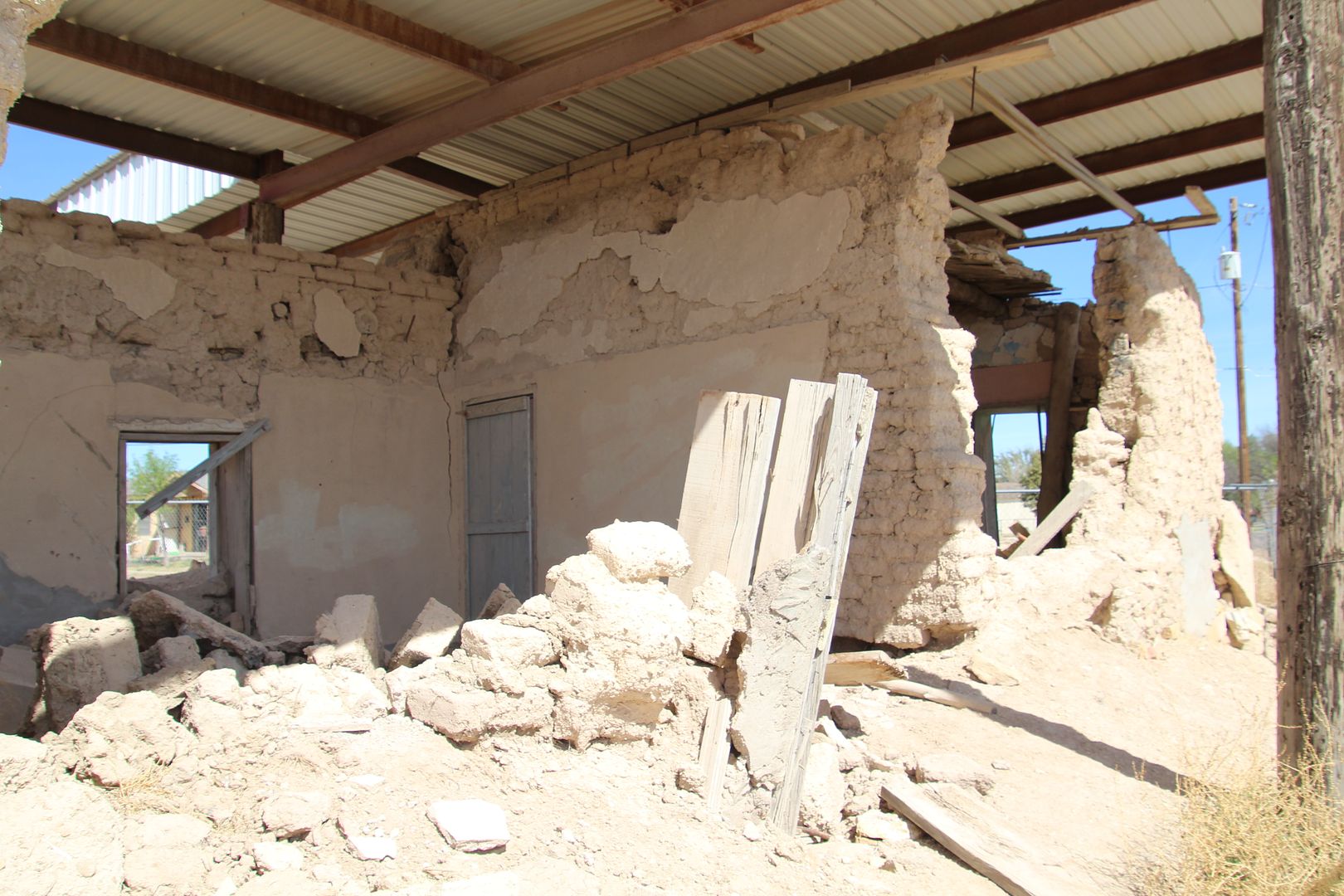
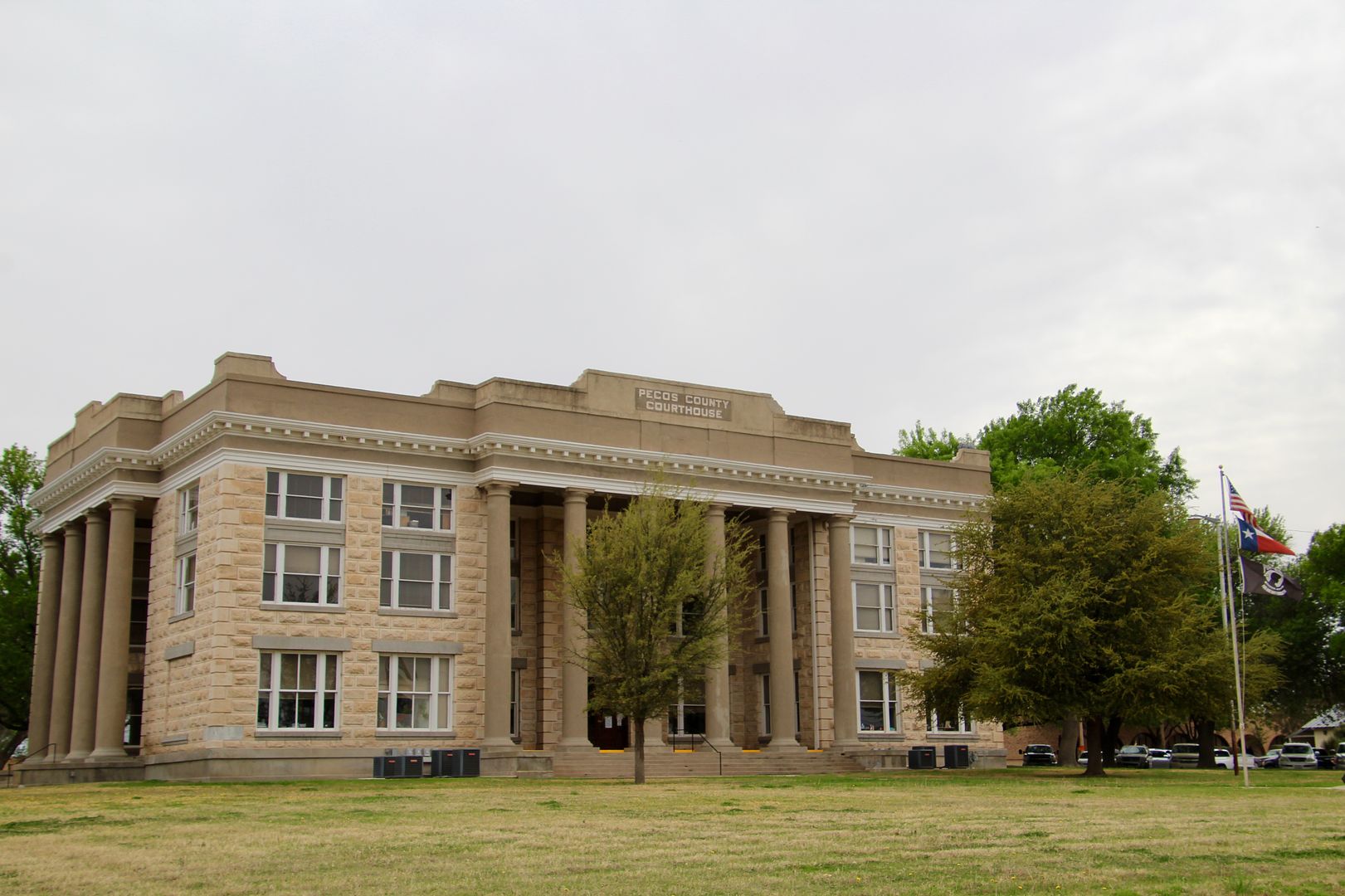
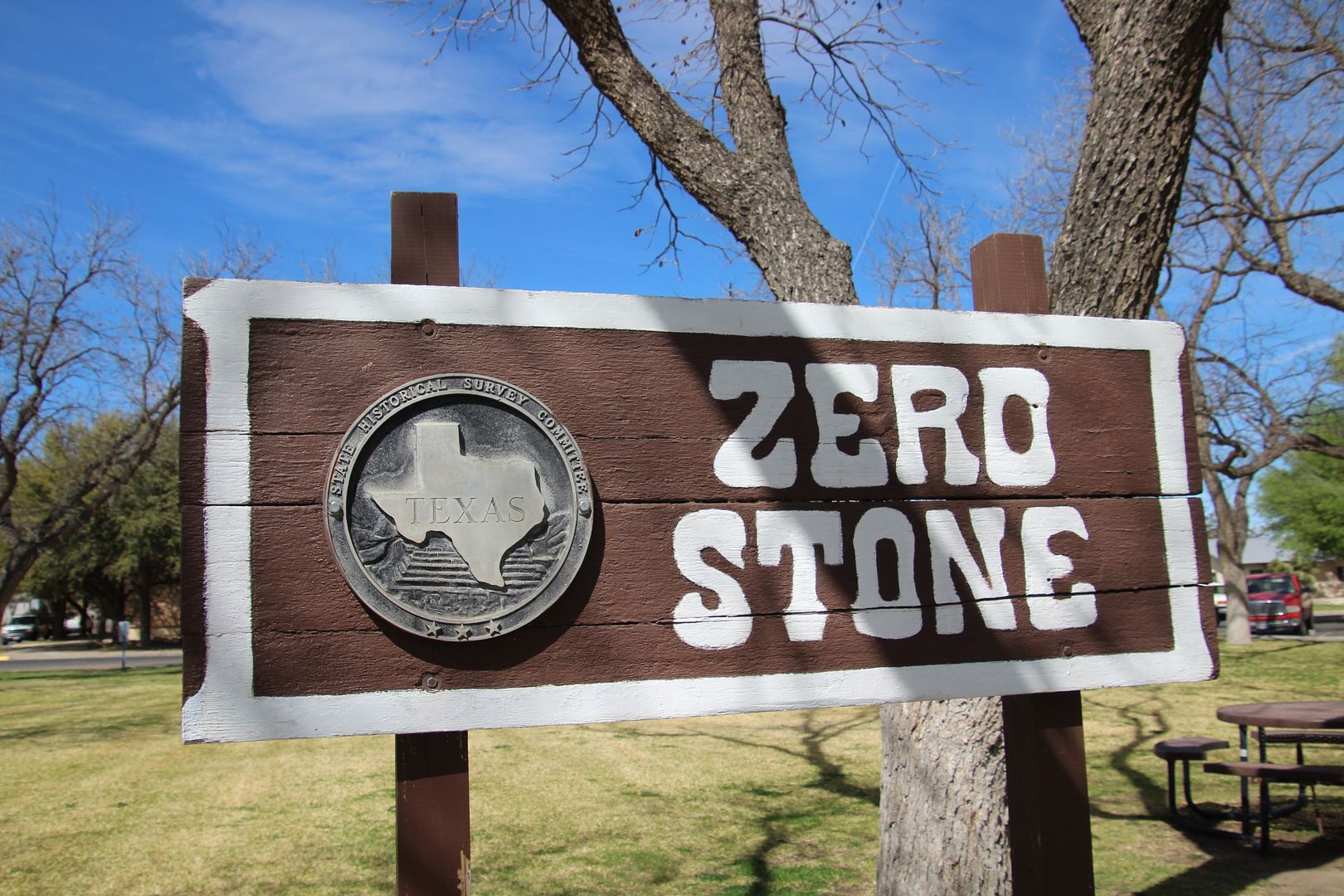
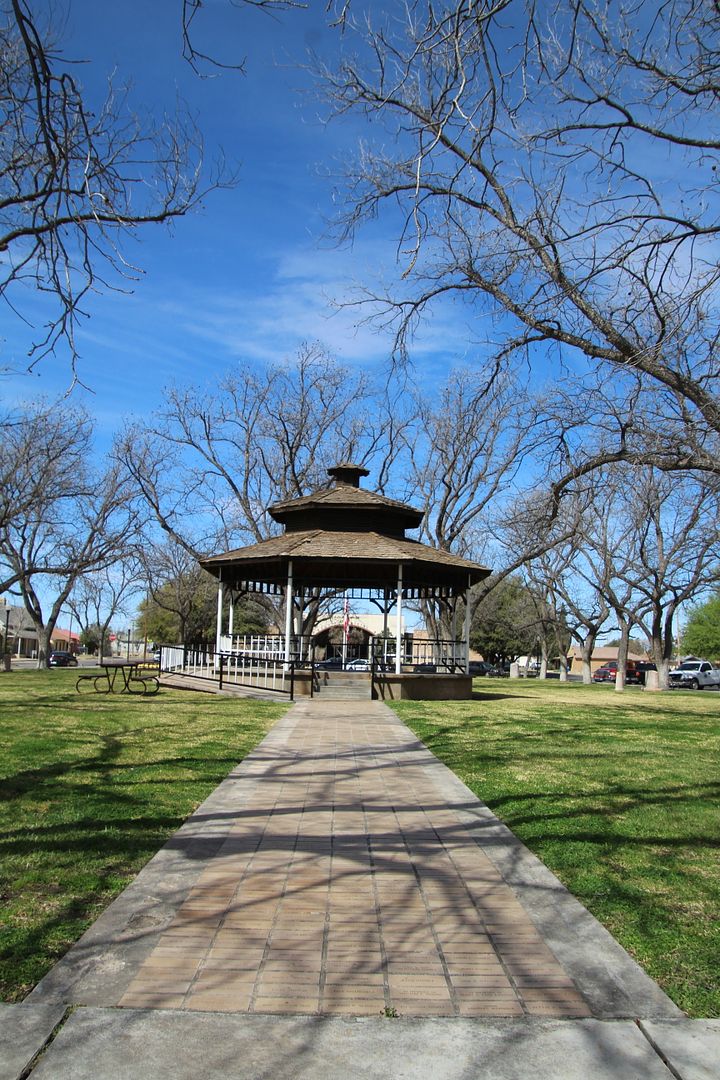
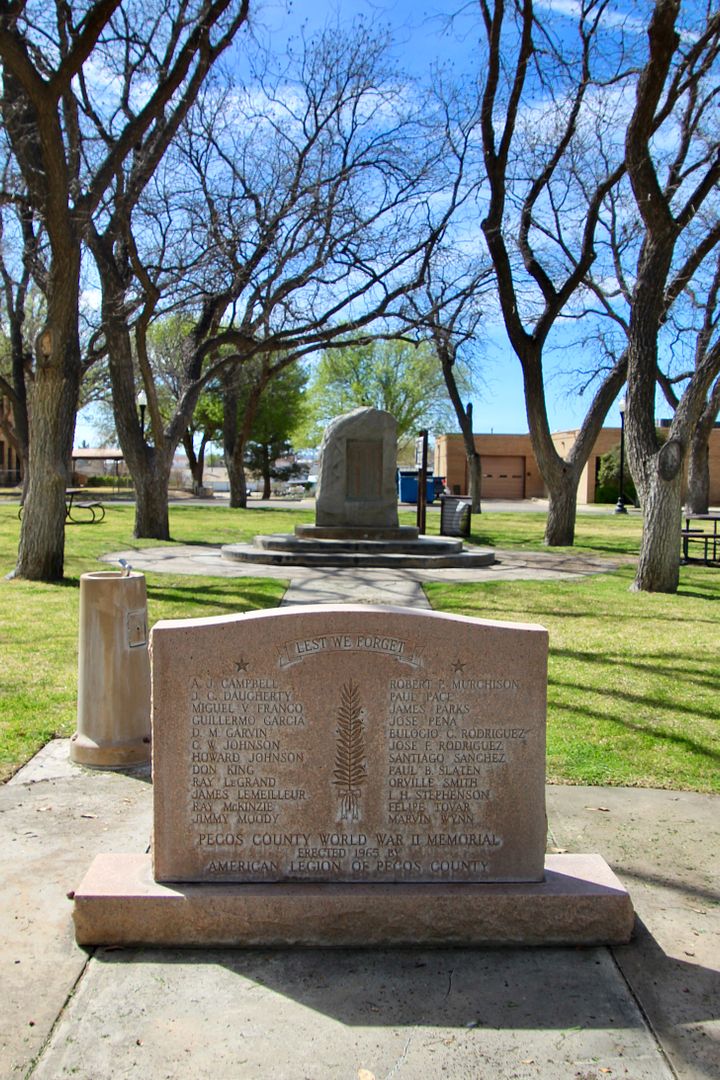
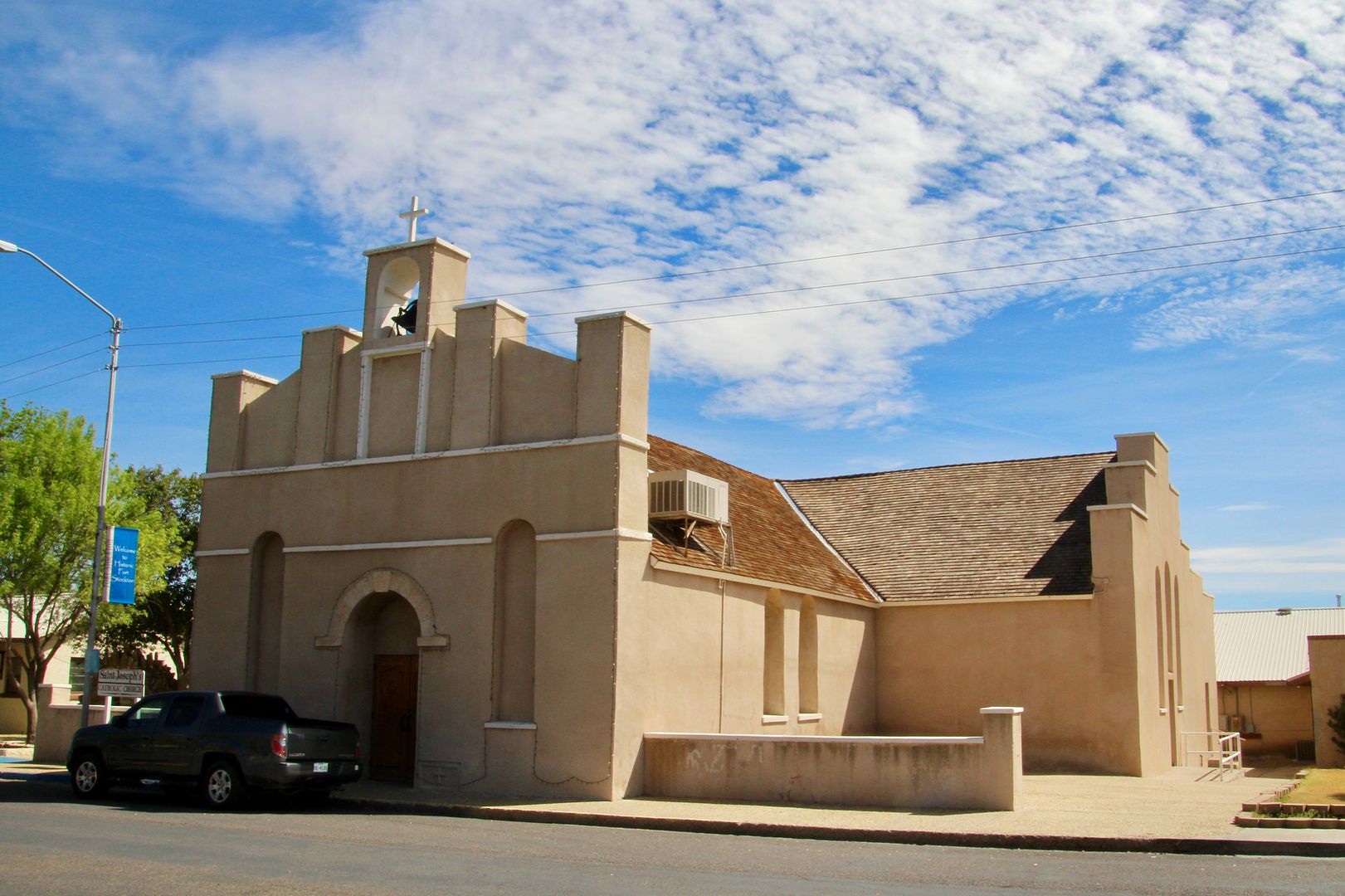
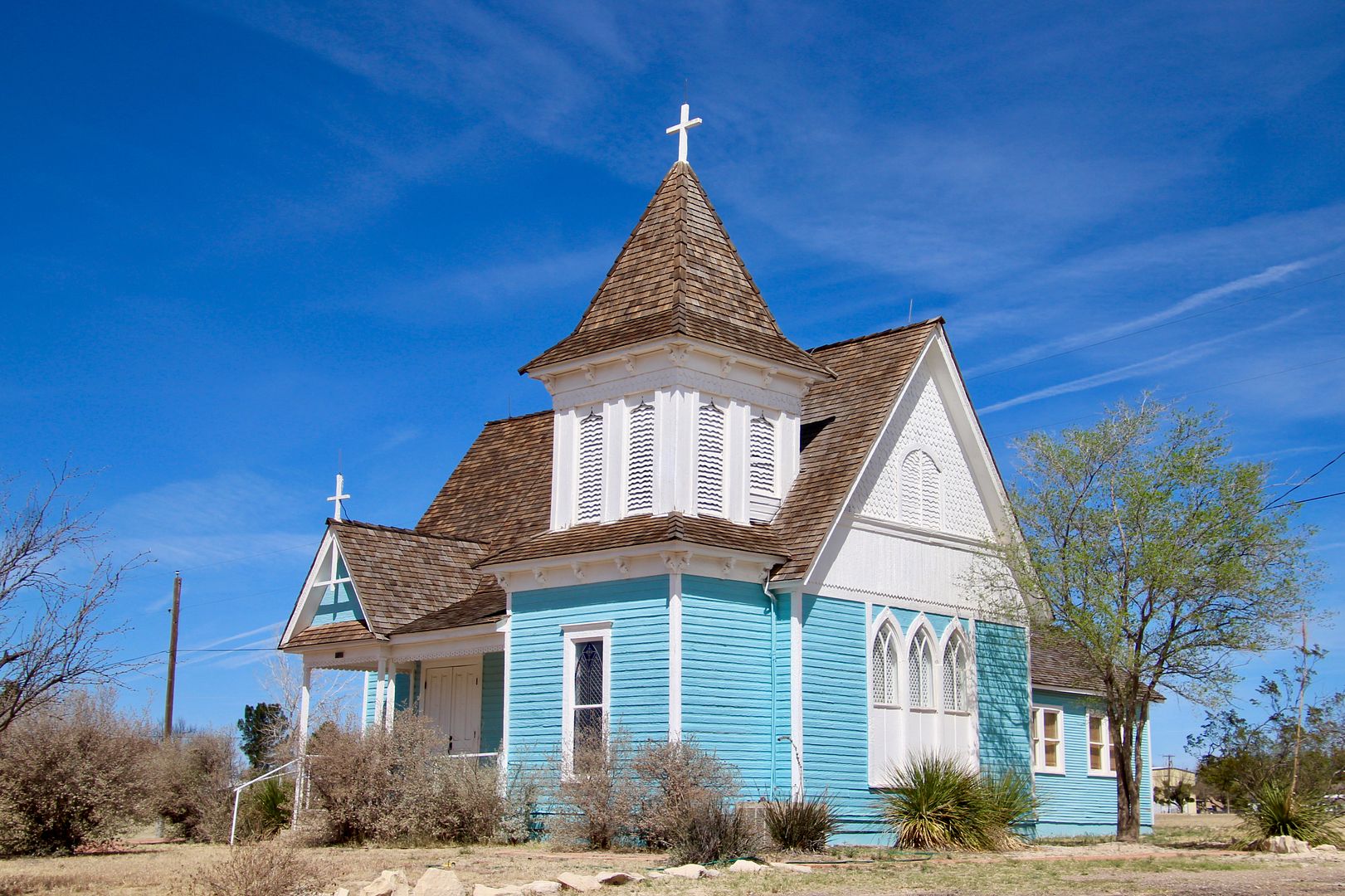
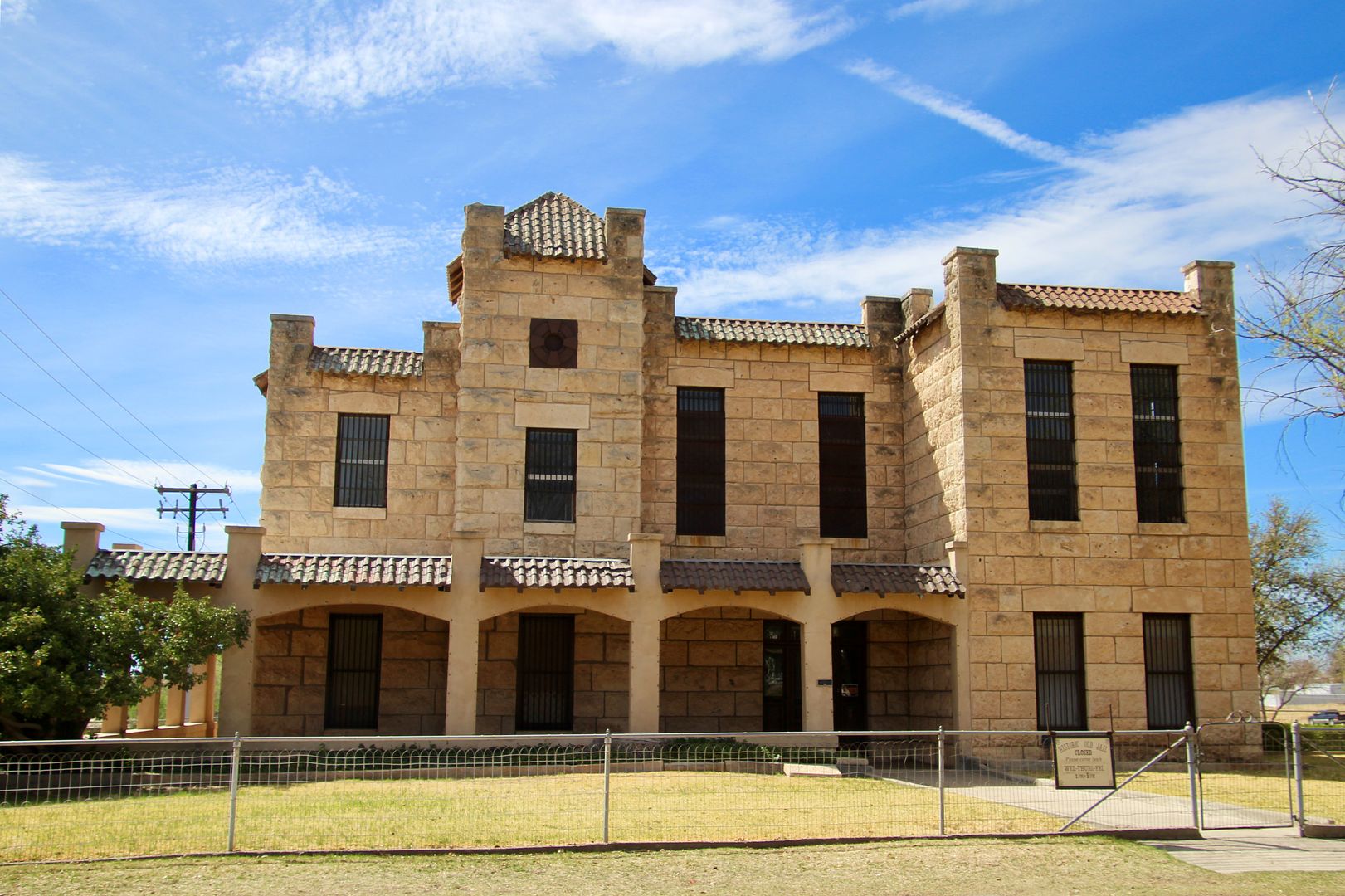
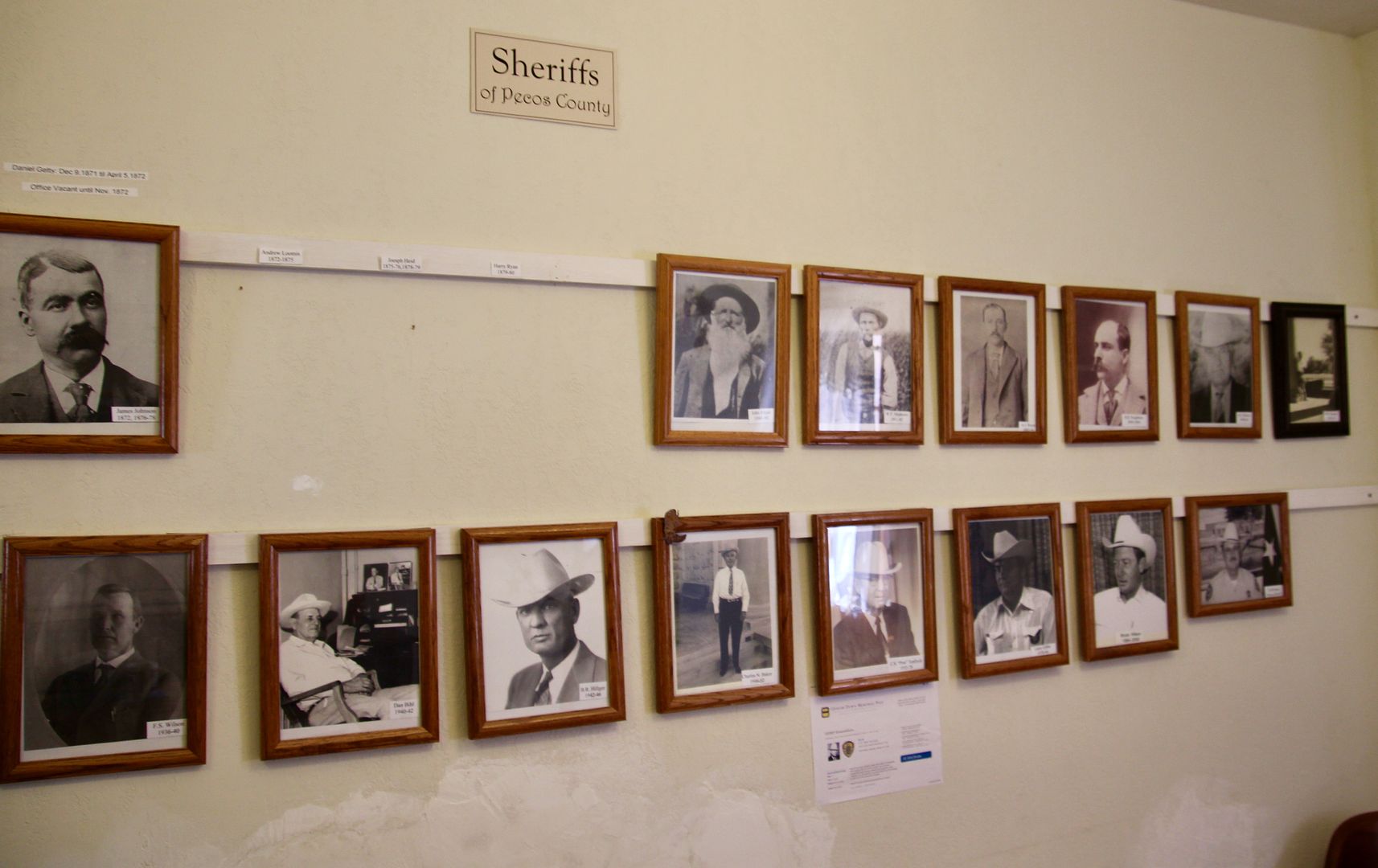
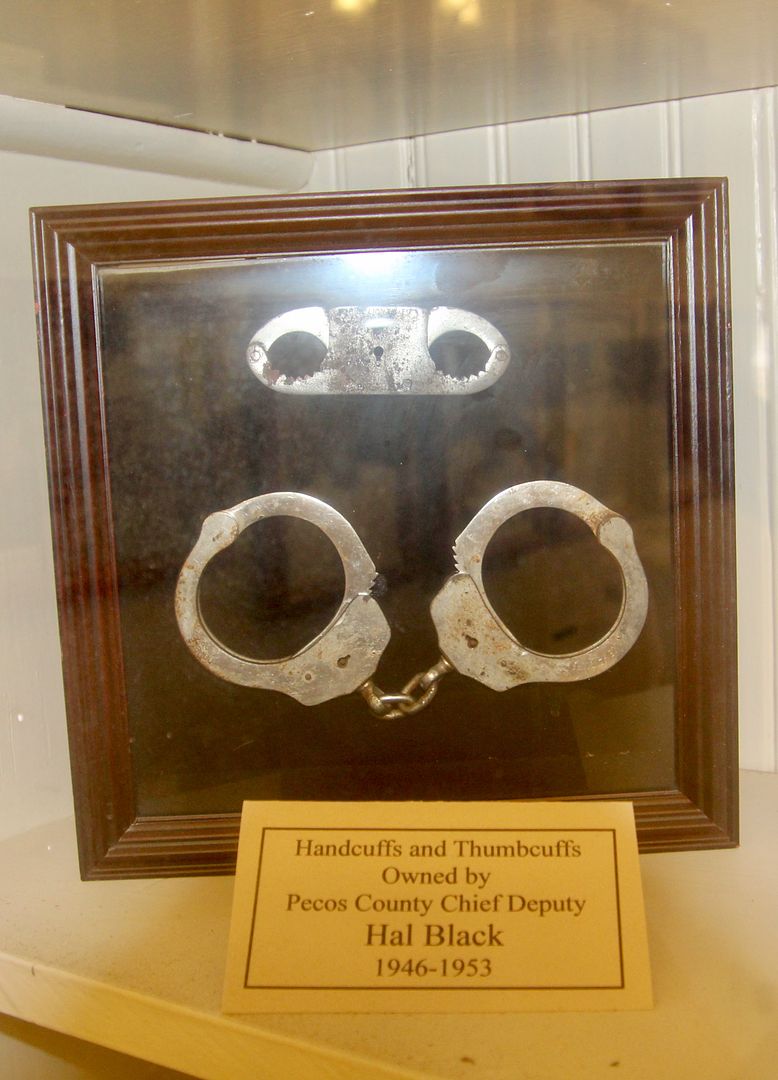
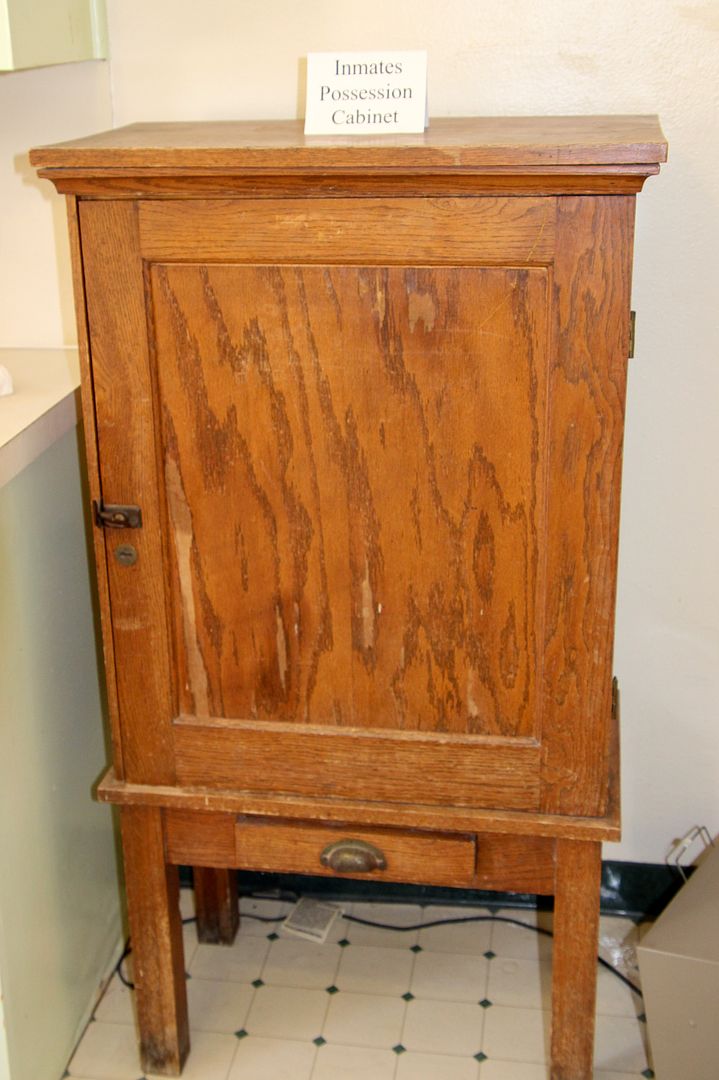
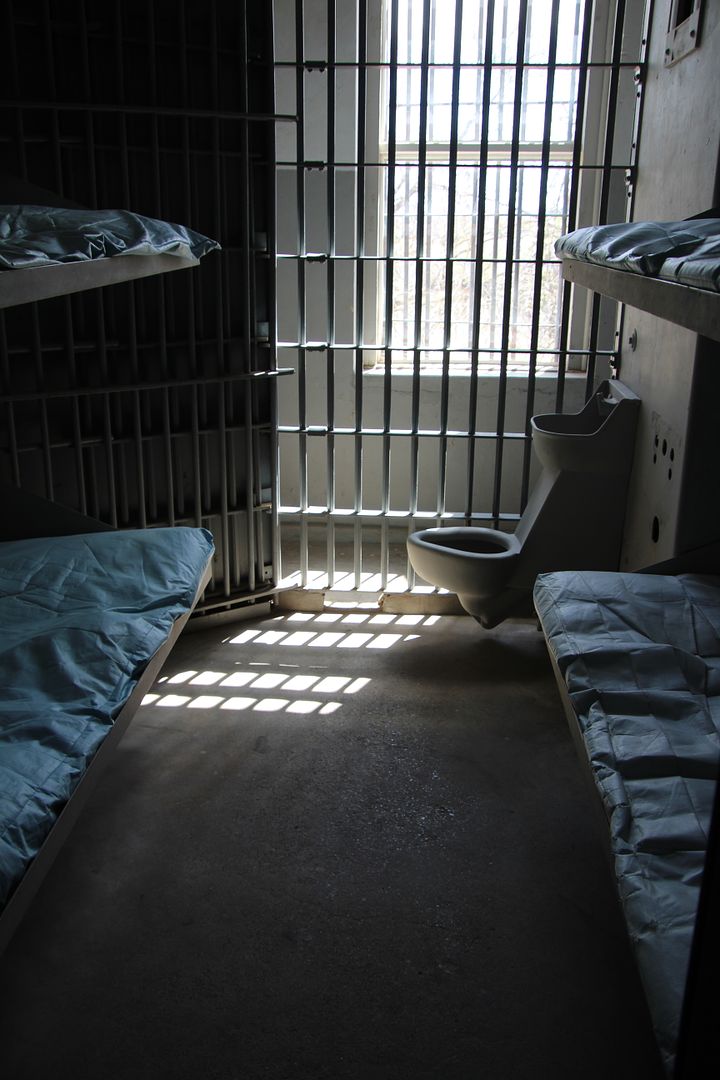


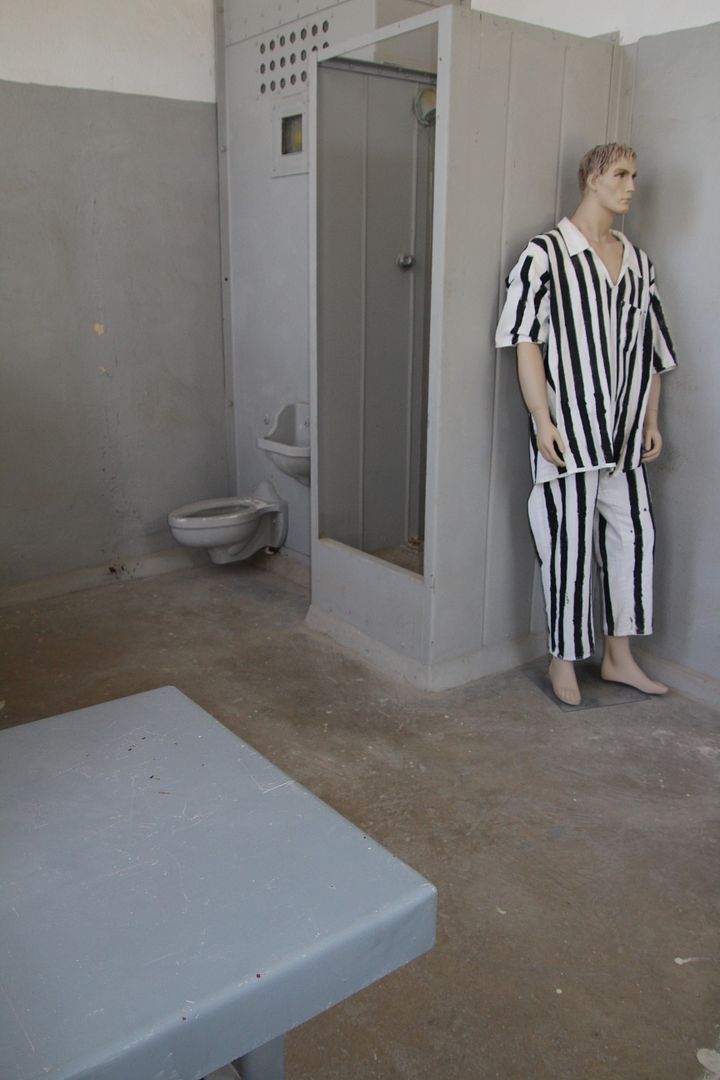
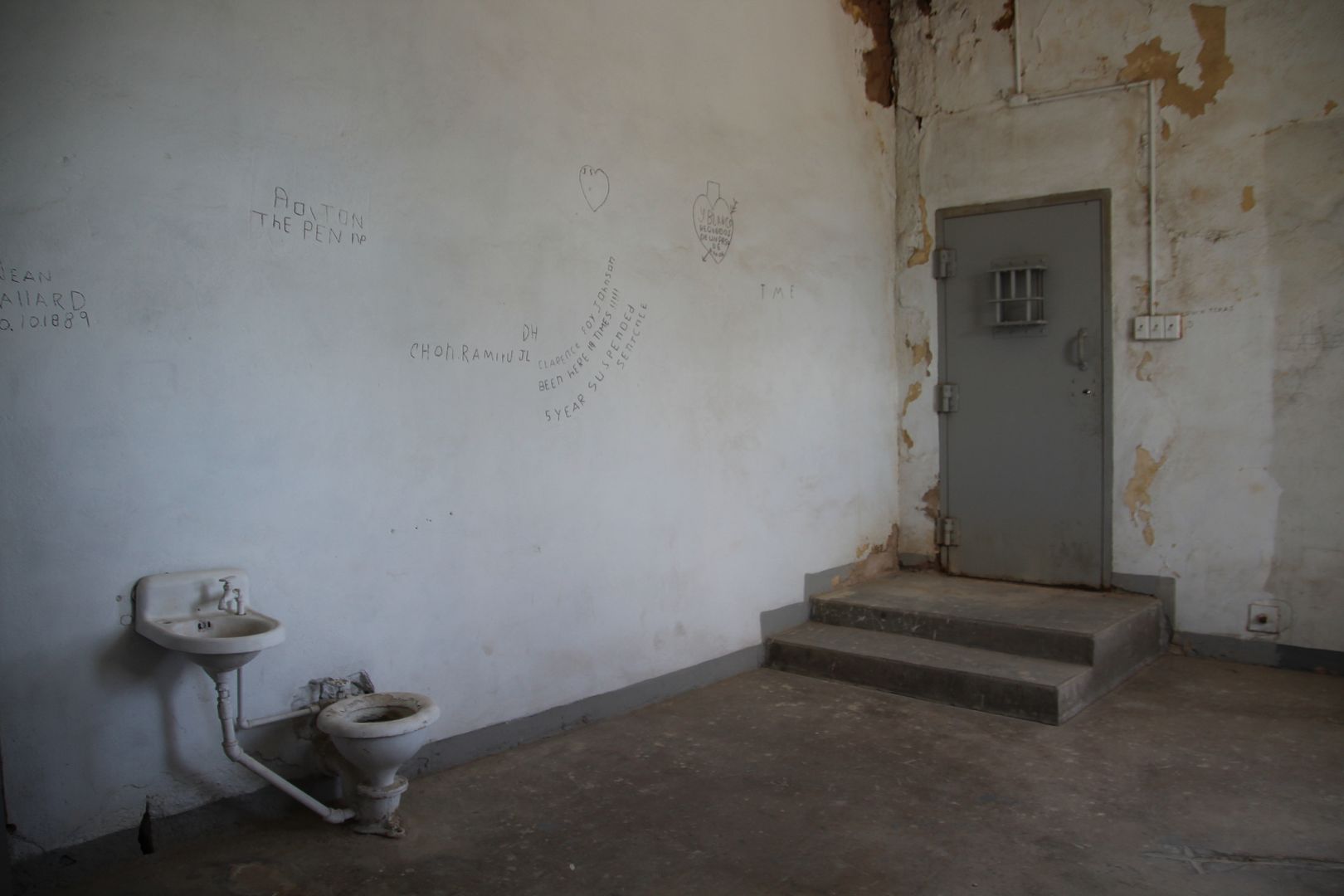
No comments:
Post a Comment